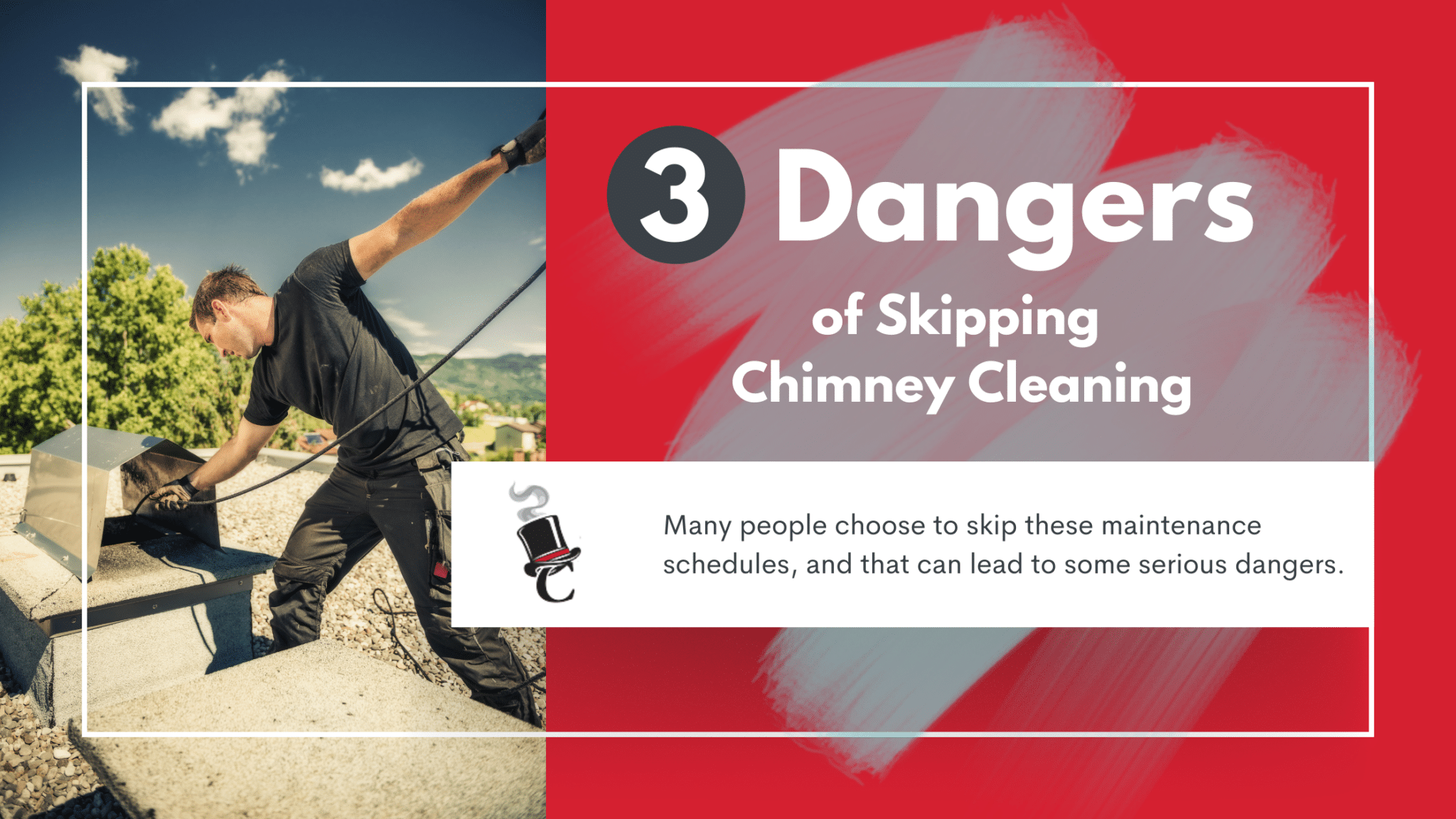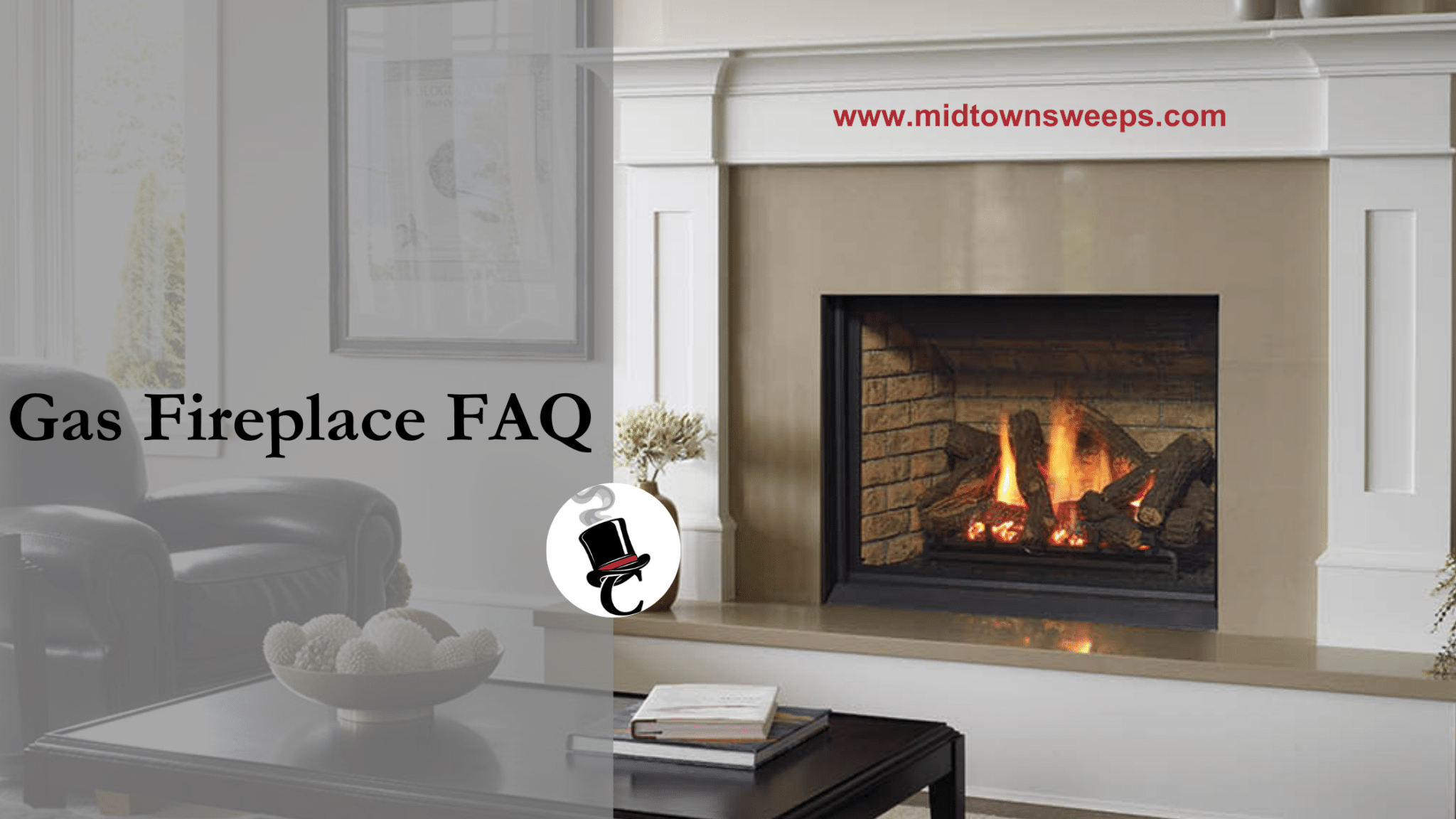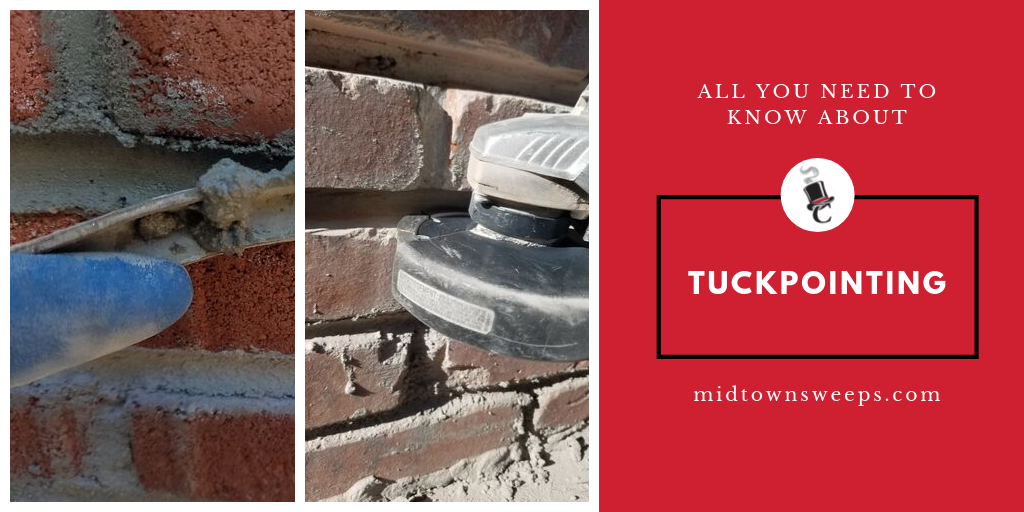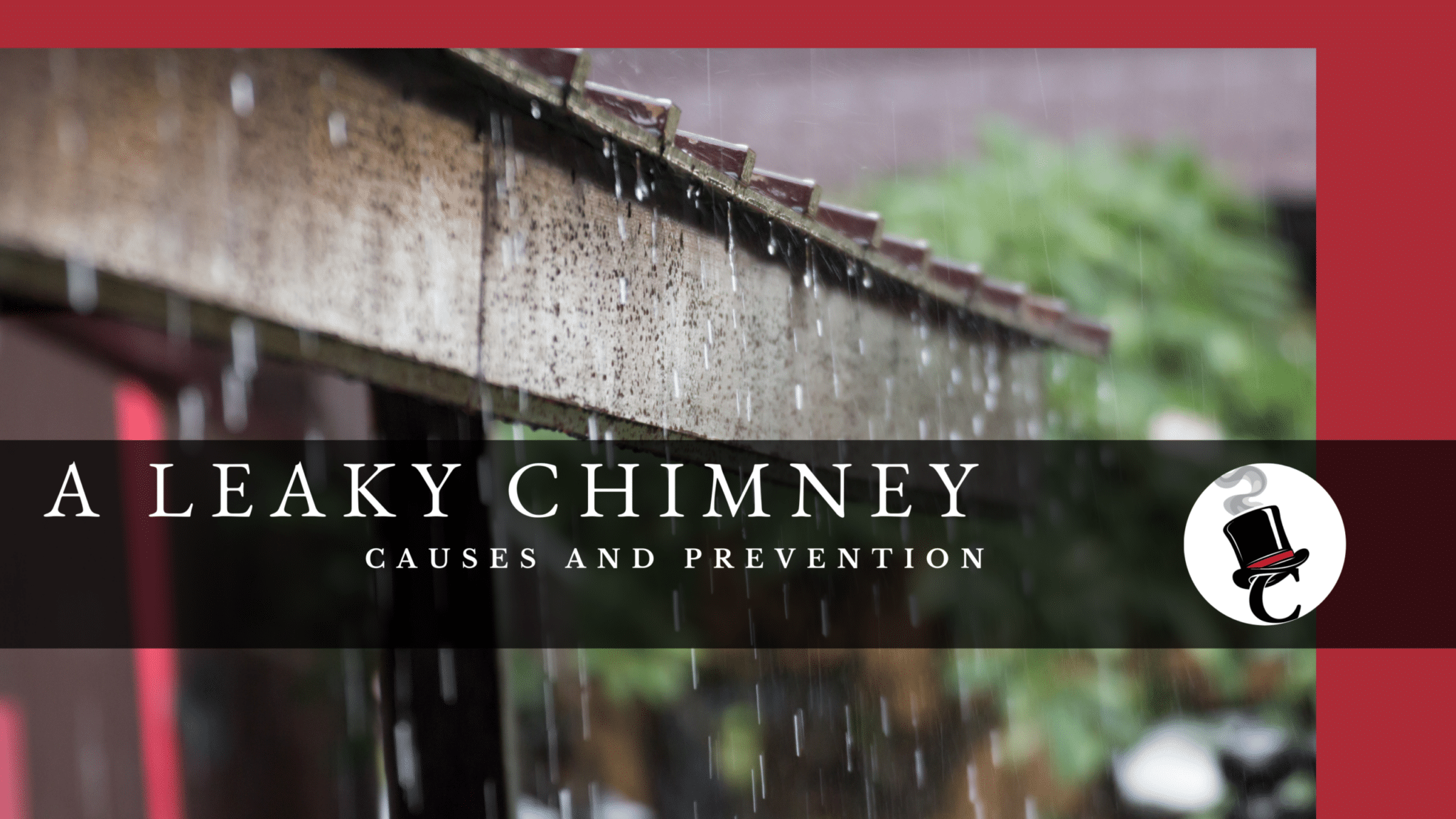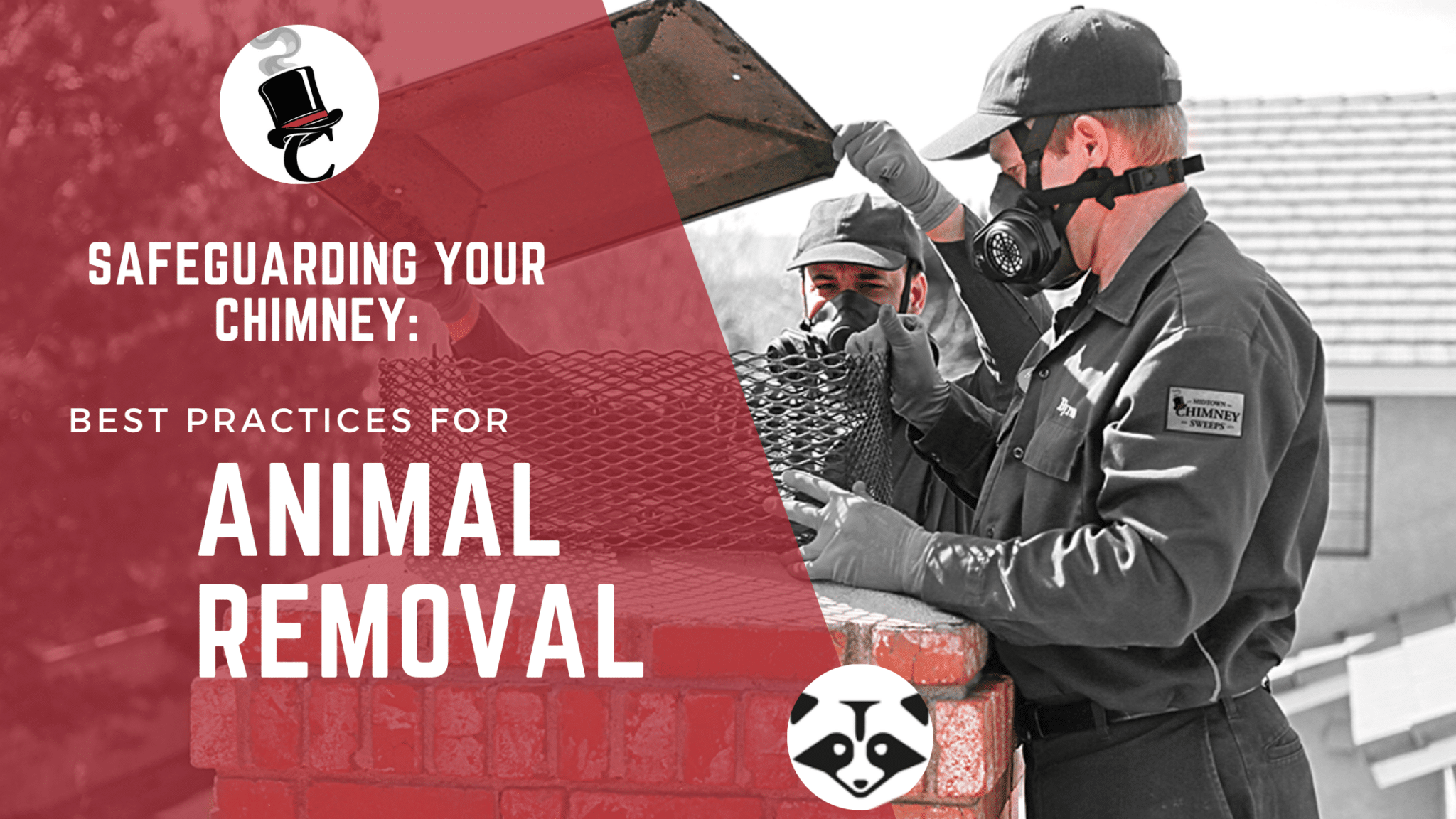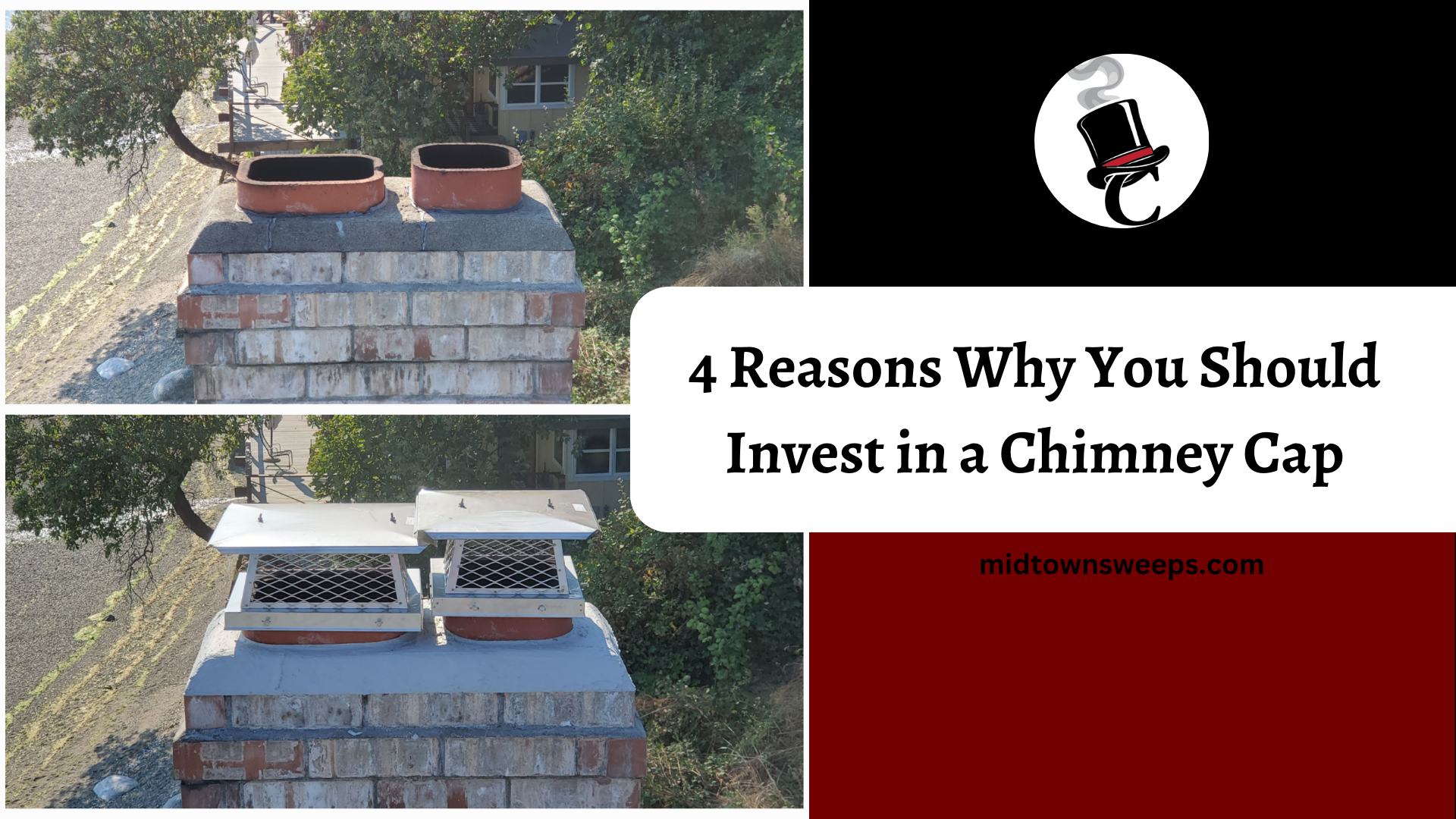People may never ask it but we all wonder. That is why we stare into campfires. We even fall into a trance-like state gazing at the dancing flames as they burn the wood. How does wood burn in my fireplace? Will that edge of the log burn before that twig on the side? What is the meaning of life anyways? Chemists can describe the precise chemical equation of how carbon-based wood oxidizes into water and minerals while releasing light and heat… but there is still a magical effect that will never pass away. We will never grow tired of looking into the fire. The romance of the fireplace will endure forever. It is often around the family fireplace that we have the most significant conversations in the human experience. The young man asks the father of the bride for her hand in marriage. Fathers read stories to their children. Lovers stay up late at night talking and throwing sticks on the fire. At Midtown Chimney Sweeps we get that. We want you to enjoy the fire. So with that, lets us lay the foundation in the next two paragraphs for understanding the three stages of combustion to get a handle on this intriguing and dramatic oxidation process.
Fire Basics 101
First you need to start your fire in your fireplace. Fire requires Fuel, Air and Temperature (FAT). Monitoring these three variables will help you truly understand how to build and maintain a fire in your fireplace. You can burn wood in an efficient and enjoyable manner. For help with starting a fire, please visit this youtube video link.
Once the fire is burning, you may begin to notice several stages of the combustion process. These three stages may be happening simultaneously at different places on a single log in the fireplace. Combustion is rapid oxidation accompanied by heat and usually light! Combustion in hydrocarbon fuels (wood, gas, coal, oil) is a chemical reaction from the heating of the hydrogen and carbon molecules contained in these fuels. As these solid fuels are heated, they break apart into gases that react with oxygen. Here are the Three Stages of Combustion:
Stage One – DRYING:
- As wood begins burning water vapor is given off or driven off. During drying a large part of the energy of combustion goes into the production of STEAM.Drying = Water being driven off.
Stage Two – PYROLYSIS
- Pyrolysis is a word coined from the Greek- “pyro” fire and “lysys” which means “to cut”. Basically, this is wood decomposing by fire! Once enough moisture is removed, the hydrocarbon molecules in the wood begin to breakdown. In a wood fire, the visible flames are not due to combustion of the wood itself, but rather of the gases released by pyrolysis; whereas the flame-less burning of embers is the combustion of the solid residue (charcoal) left behind by it. During pyrolysis, combustible and non-combustible gases are driven off as well as hydrocarbon volatiles. At this stage, proper oxygen and turbulence must be present. During pyrolysis wood releases hydrocarbons in the form of gases or small droplets of tar.
- Gases driven off from the burning wood ignite at approximately 1100-1200°F if enough oxygen is present. Since most fireplaces or fireboxes are not this hot, most of the fuel gases remained unburned in a form we see as smoke: unburned hydrocarbons and tar droplets. Congratulations, now you need a chimney sweep.
- Gases driven off from burning wood ignite at 1100°
- Tar droplets, aka: Tar Fog, can condense on the interior of chimney flues and form creosote. Ugg. Now the chimney sweep needs to use a chemical agent to help him remove the creosote.
Stage Three –CHARCOAL
- After the volatile hydrocarbons, gases and tars have been removed from the wood through pyrolysis, what remains is charcoal, a much simpler product of carbon and inorganic ash. As charcoal burns, depending upon the amount of oxygen present, the carbon in the charcoal changes into carbon monoxide and carbon dioxide. What is finally left is ash and minerals.
We hope this helps to satisfy some of your curiosity of, “How does wood burn in my fireplace?” Technical information was gleaned from Qualified Chimney Professionals®: thank you for your cooperation!
If this article was helpful, please share!
